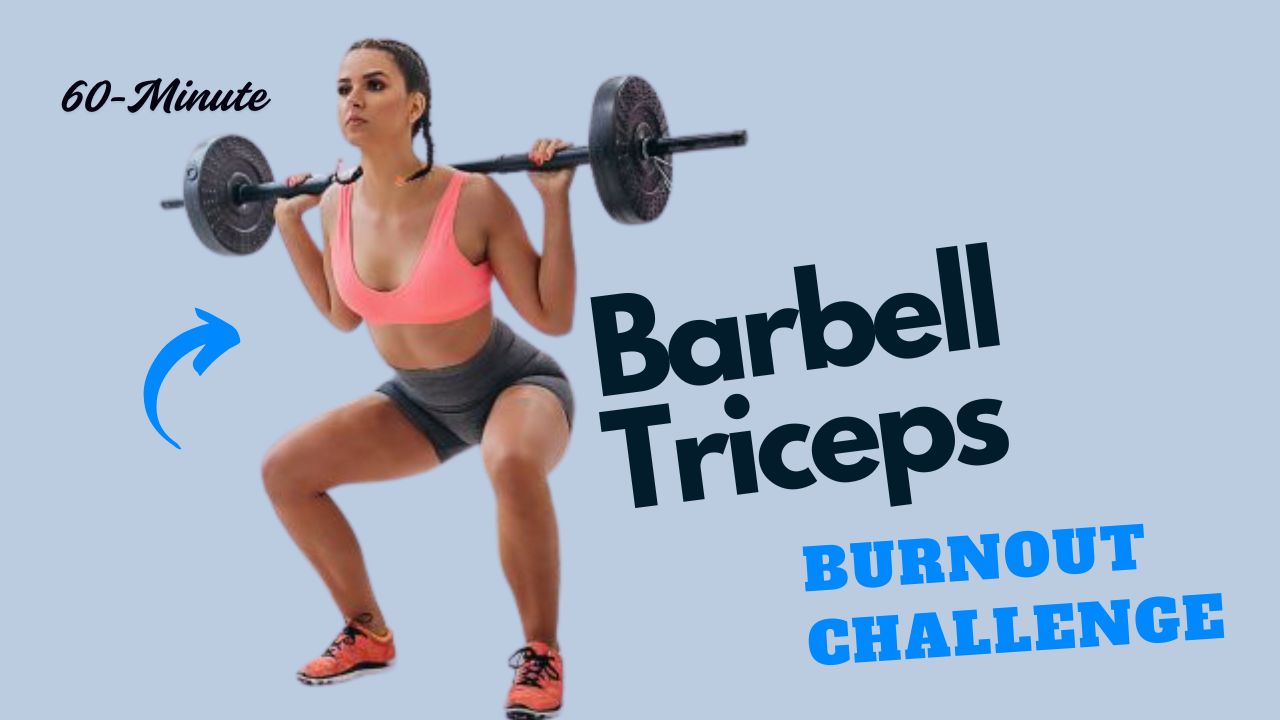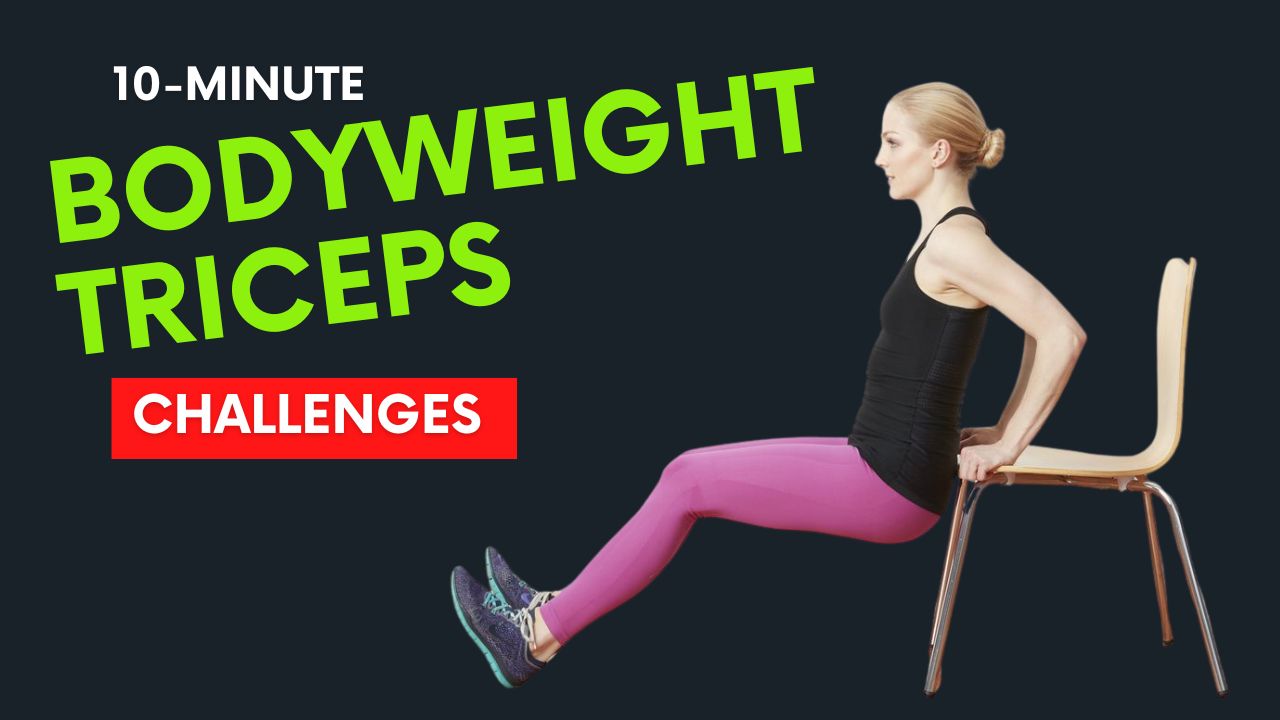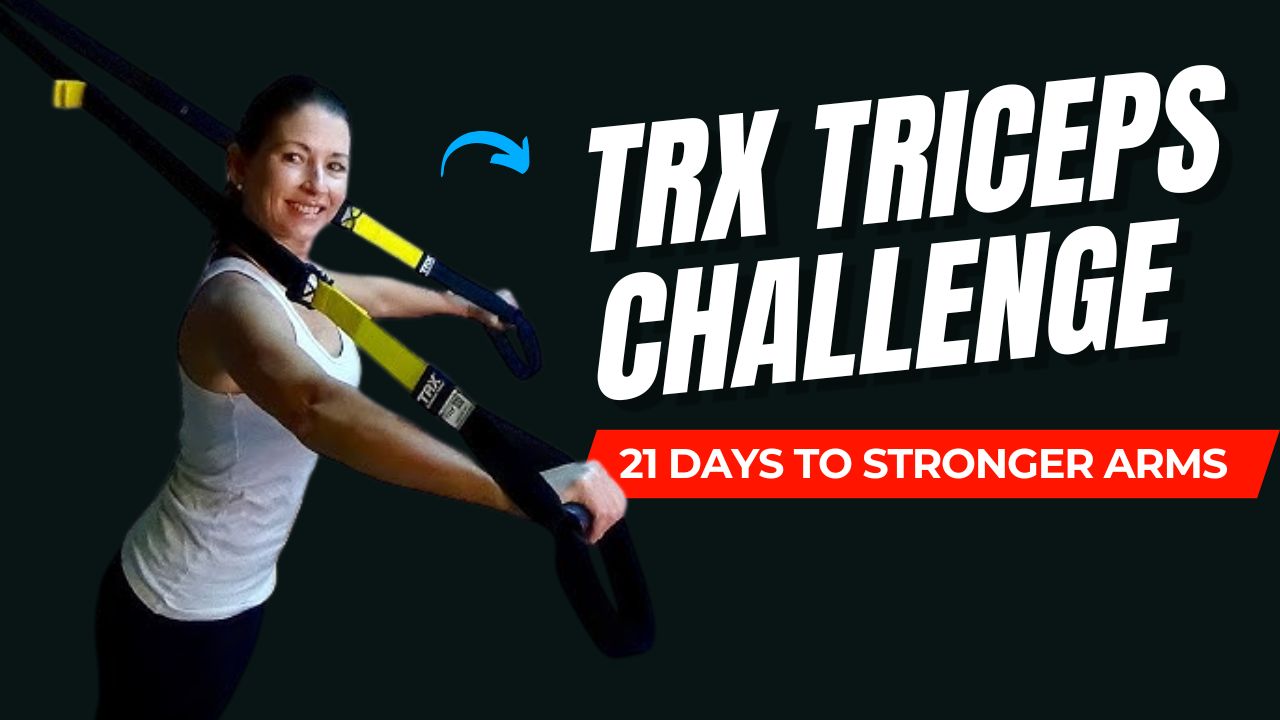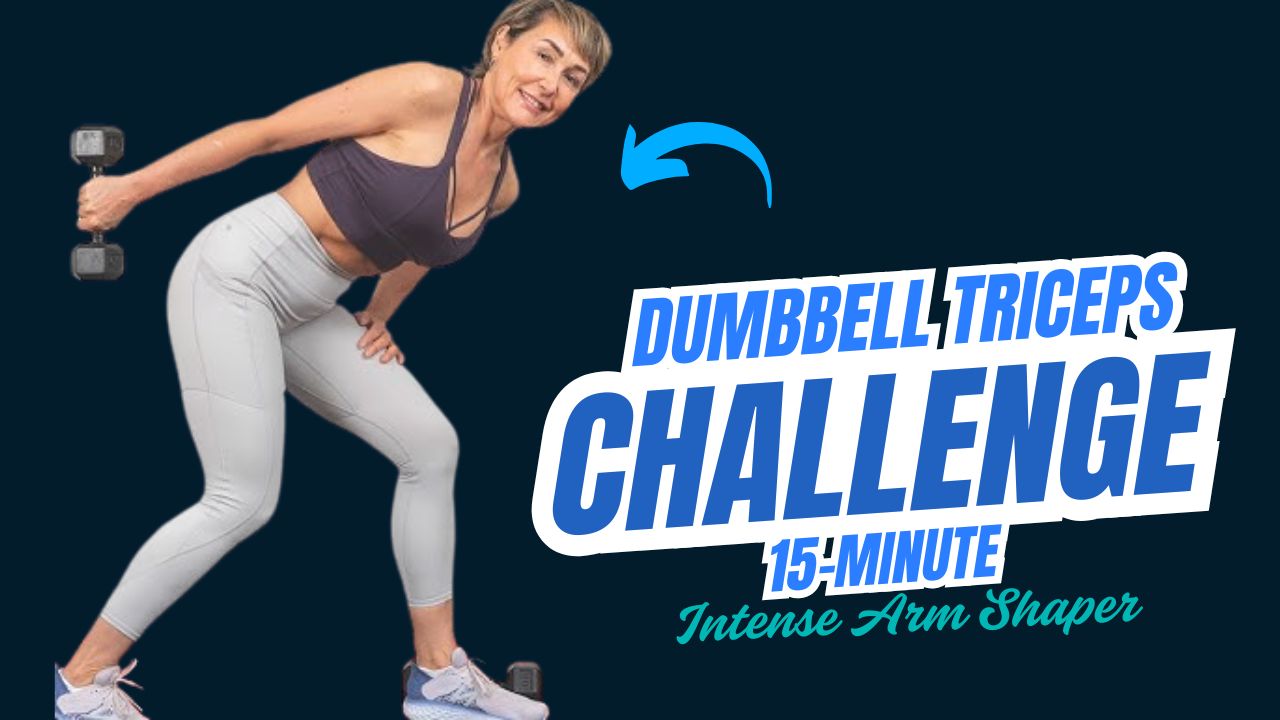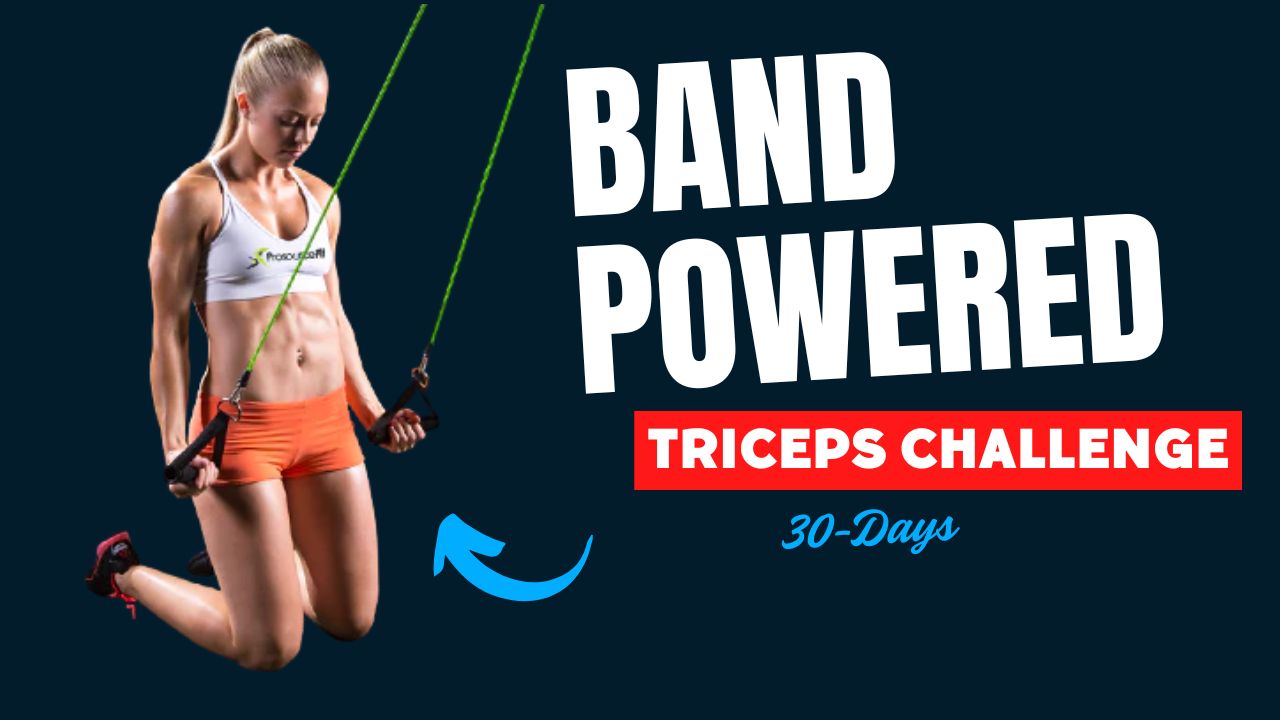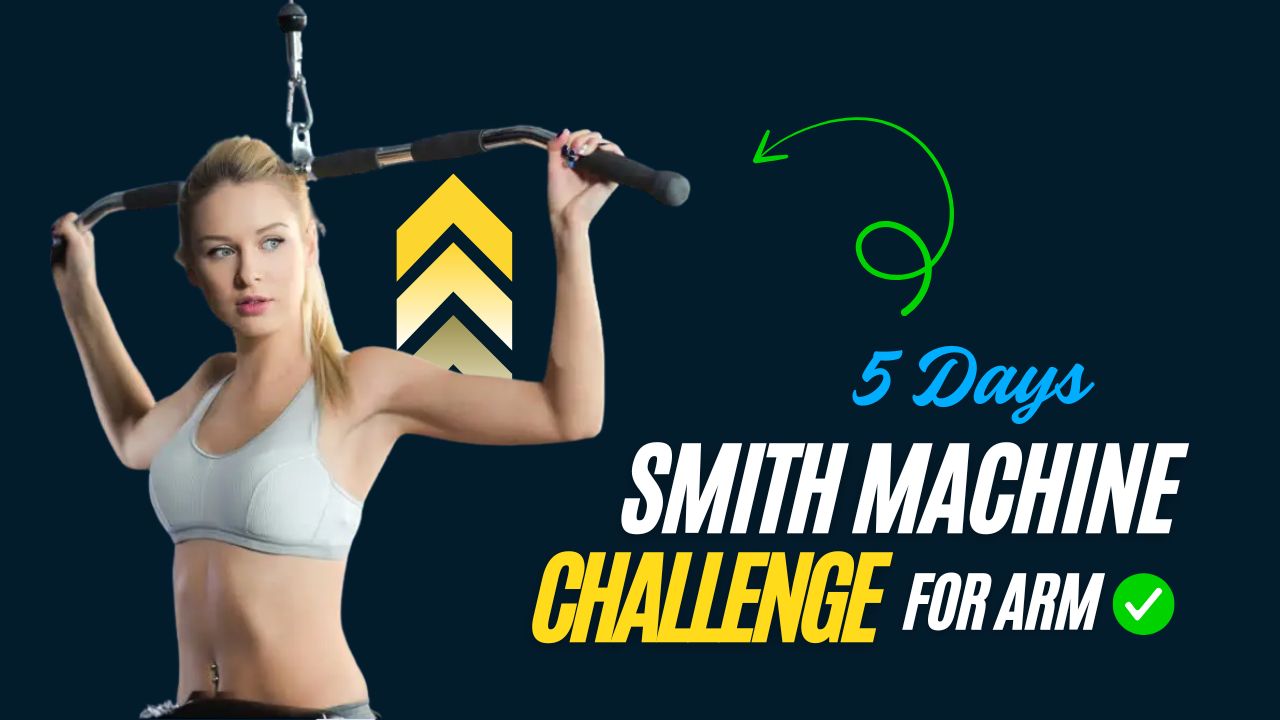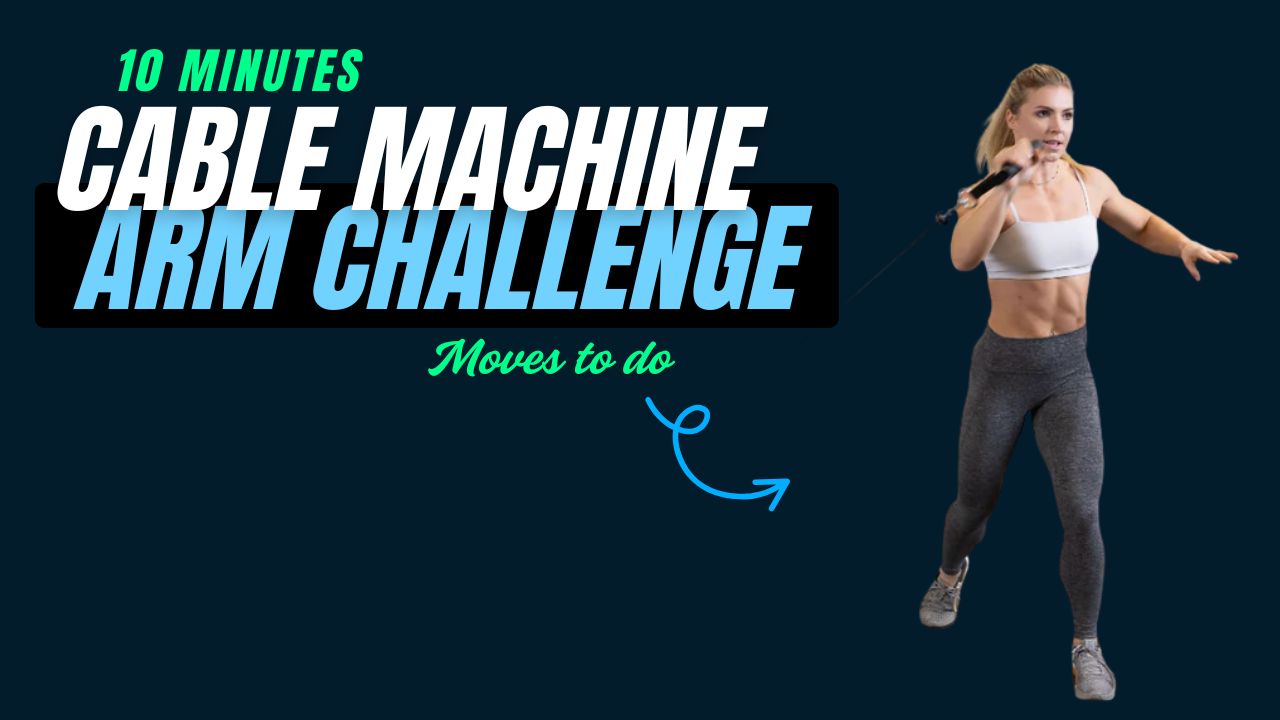Feel tight, weak hamstrings holding you back? Unlock explosive leg power and reduce injury risk with these simple but super-effective mini band exercises — perfect for home or gym!
Tight or underdeveloped hamstrings don’t just zap your performance; they can also lead to nagging lower back pain and even knee issues.
But you don’t need fancy machines to build strong, flexible hamstrings — a simple mini resistance band can sculpt and strengthen them from every angle.
Let’s dive into 7 must-try mini band hamstring workouts, complete with step-by-step instructions to fire up your posterior chain!

Table of Contents
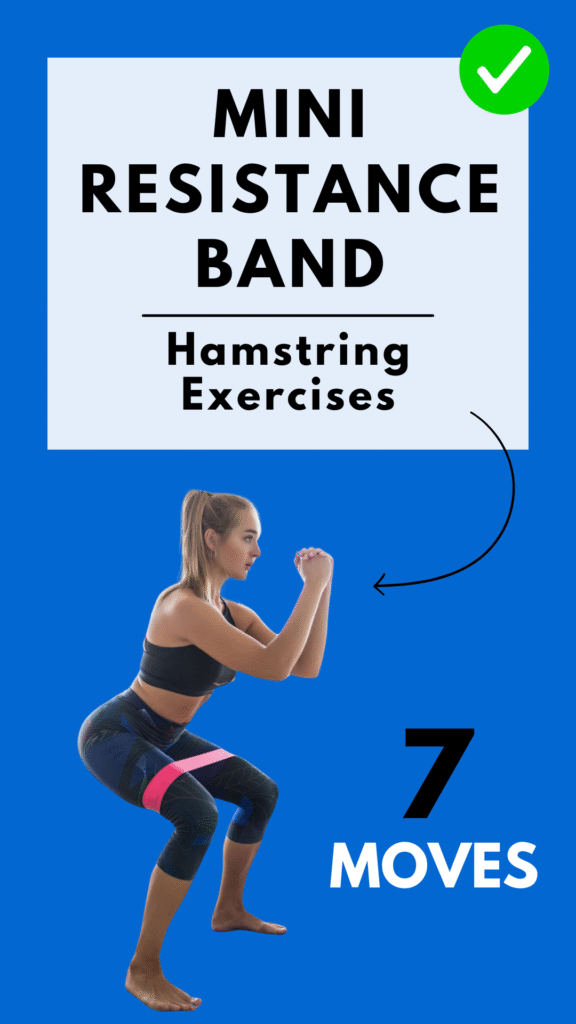
Results After 30 Days of Mini Band Hamstring Workouts
| Positive Changes | Possible Challenges |
|---|---|
| Improved hamstring strength and endurance. | Initial muscle soreness, especially if you’re new. |
| Greater hamstring flexibility and range of motion. | Difficulty staying consistent without a set routine. |
| Better posture and reduced lower back discomfort. | Risk of plateauing if you don’t increase band tension over time. |
| Enhanced athletic performance (running, jumping, squats). | Possible boredom without varying your exercises. |
| Increased stability in hips and knees, reducing injury risk. | Mild frustration if progress feels slow at first. |
Dos and Don’ts for Mini Resistance Band Hamstring Workouts
| DOs | DON’Ts |
|---|---|
| Warm up your muscles before starting. | Don’t skip your warm-up; it increases injury risk. |
| Focus on slow, controlled movements. | Don’t rush; avoid using momentum to cheat reps. |
| Keep your core engaged throughout each exercise. | Don’t let your lower back arch excessively. |
| Choose the right band resistance for your level. | Don’t use a band that’s too heavy for good form. |
| Maintain a flat back during hinges and curls. | Don’t round your back; it can strain your spine. |
| Start with fewer reps if you’re a beginner. | Don’t overdo it on day one; build up gradually. |
| Breathe steadily — exhale on exertion. | Don’t hold your breath while performing reps. |
7 Best Mini Resistance Band Hamstring Exercises
1. Standing Banded Leg Curl
How to do it:
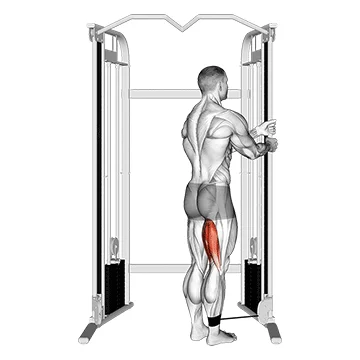
- Place the mini band around your ankles.
- Stand tall, engage your core, and slightly bend your knees.
- Shift weight onto one leg, then bend the opposite knee, bringing your heel toward your glute against the band’s resistance.
- Squeeze your hamstring at the top, pause for a second, and lower slowly.
- Repeat 12–15 reps per leg.
Quick Tip: Hold onto a chair or wall for balance if needed.
2. Banded Glute Bridge Curl
How to do it:
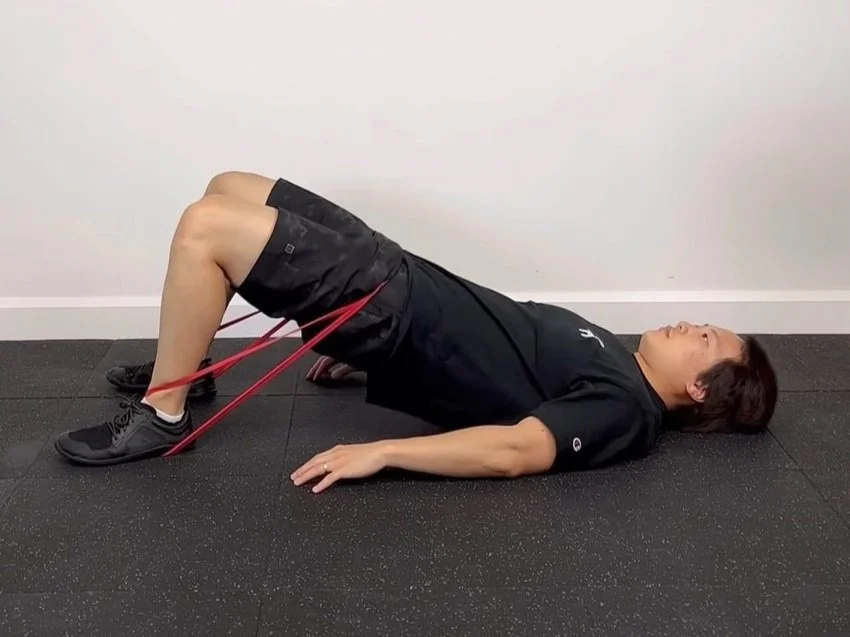
- Lie on your back with feet hip-width apart and mini band around your ankles.
- Lift your hips into a bridge, then walk your feet out a few inches at a time while keeping tension on the band.
- Walk feet back in, keeping hips lifted.
- Complete 8–10 reps for a serious burn.
Did you know? This exercise hits your hamstrings and glutes simultaneously — boosting strength and stability.
3. Prone Banded Leg Curl
How to do it:
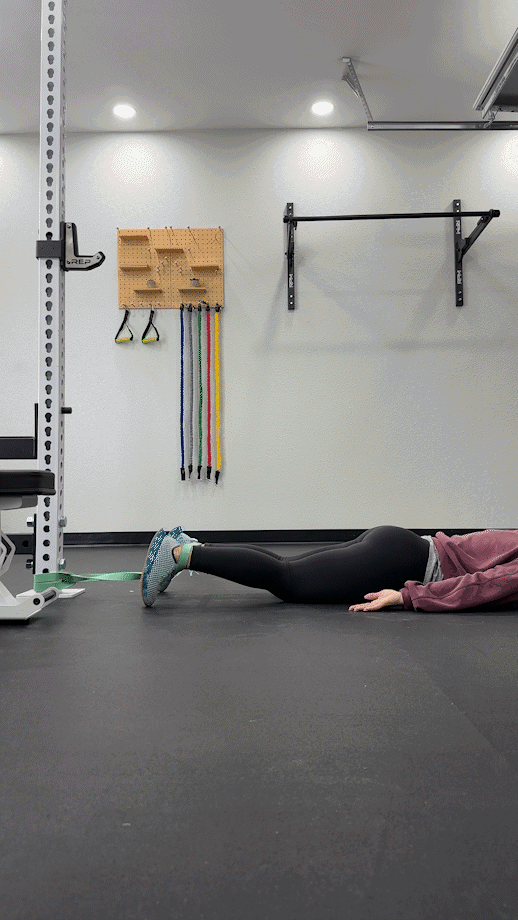
- Lie face down on a mat, legs extended, and wrap the band around both ankles.
- Keeping thighs on the floor, bend both knees, pulling heels toward your glutes.
- Pause at the top, then slowly extend legs back down.
- Perform 10–15 reps.
4. Romanian Deadlift with Band
How to do it:

- Stand on the middle of the band, holding the ends in each hand.
- Hinge at your hips with a slight knee bend, keeping your back flat.
- Lower your torso until you feel a stretch in your hamstrings, then return to standing by squeezing your glutes.
- Repeat 12–15 reps.
Interesting fact: Romanian deadlifts activate more hamstring muscle fibers than traditional deadlifts, making them ideal for targeted development.
5. Banded Good Morning
How to do it:
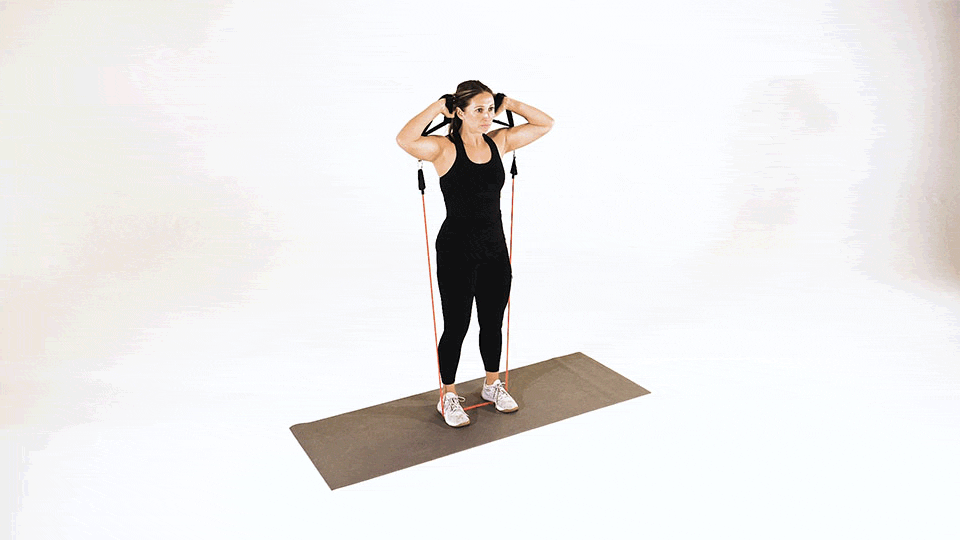
- Loop the band under your feet and over your shoulders (like a backpack strap).
- Stand tall, feet hip-width apart.
- Hinge at your hips, pushing your butt back while keeping your chest lifted.
- Return to standing by engaging your hamstrings and glutes.
- Do 12–15 reps.
Myth buster: Many believe hamstrings only work during knee flexion, but exercises like good mornings prove they also function as powerful hip extensors!
6. Single-Leg Banded Romanian Deadlift
How to do it:
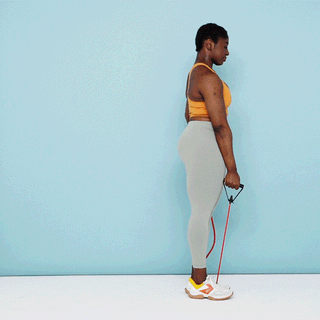
- Stand on your left leg with the band under your left foot, holding the other end with your right hand.
- Hinge forward, extending your right leg straight behind you for balance.
- Keep your back flat; feel the stretch in your standing leg’s hamstring.
- Return to start and repeat 8–12 reps per leg.
7. Seated Banded Leg Curl
How to do it:
- Sit on the floor with legs extended and the band looped around your feet.
- Anchor the other end of the band behind you (e.g., heavy furniture or door anchor).
- Pull your heels toward your glutes by bending your knees against the band’s resistance.
- Control the movement back to starting position.
- Complete 12–15 reps.
Fun fact: Seated curls emphasize the lower portion of the hamstring, an often-neglected area.
Why Mini Band Hamstring Workouts Matter
Strong hamstrings mean better posture, safer workouts, faster running, and less risk of injury. These mini-band moves are perfect for adding variety to your routine, activating muscles you might miss with machines or free weights. Plus, they’re portable and cost-effective — train your legs anywhere!
Conclusion
Don’t let weak or neglected hamstrings limit your performance or increase your injury risk. With these 7 mini resistance band hamstring workouts, you can build stronger, more flexible hamstrings right at home — no expensive equipment or gym membership is needed.
Incorporate these exercises into your regular routine to boost stability, improve athletic performance, and support healthier hips and lower back.
Remember, strong hamstrings aren’t just for athletes — they’re essential for anyone who wants to move better, feel better, and stay active for years to come. Now grab your mini band and start transforming your hamstrings today!
Frequently Asked Questions (FAQs)
How often should I do mini band hamstring workouts?
Aim for 2–3 times per week on non-consecutive days. This frequency helps build strength without overworking your muscles.
Can beginners do these resistance band exercises?
Yes! Mini band hamstring exercises are perfect for beginners. Just choose a lighter band resistance to start and focus on form.
What resistance band strength should I use?
Start with a light or medium band if you’re new, and gradually progress to heavier bands as your hamstring strength improves.
Will mini band hamstring exercises help with lower back pain?
They can! Weak or tight hamstrings often contribute to lower back discomfort. Strengthening and improving flexibility in your hamstrings can ease pressure on your lower back.
Can I replace gym hamstring machines with these exercises?
Absolutely. These mini band workouts mimic or even improve on many gym-machine movements, offering great activation and functional strength.
How do I know if I’m performing these exercises correctly?
You should feel the work primarily in the back of your thighs (hamstrings) without straining your lower back. Move with control, keep your core engaged, and avoid arching your spine excessively.
Are mini band exercises safe for people with knee issues?
In many cases, yes — these exercises can strengthen muscles that support knee stability. But if you have existing knee pain or injuries, check with your healthcare provider or physical therapist before starting.
Can I do these exercises without a resistance band?
Some, like Romanian deadlifts and good mornings, can be performed without bands, but you’ll lose the constant tension that makes mini bands so effective for targeted muscle engagement.



